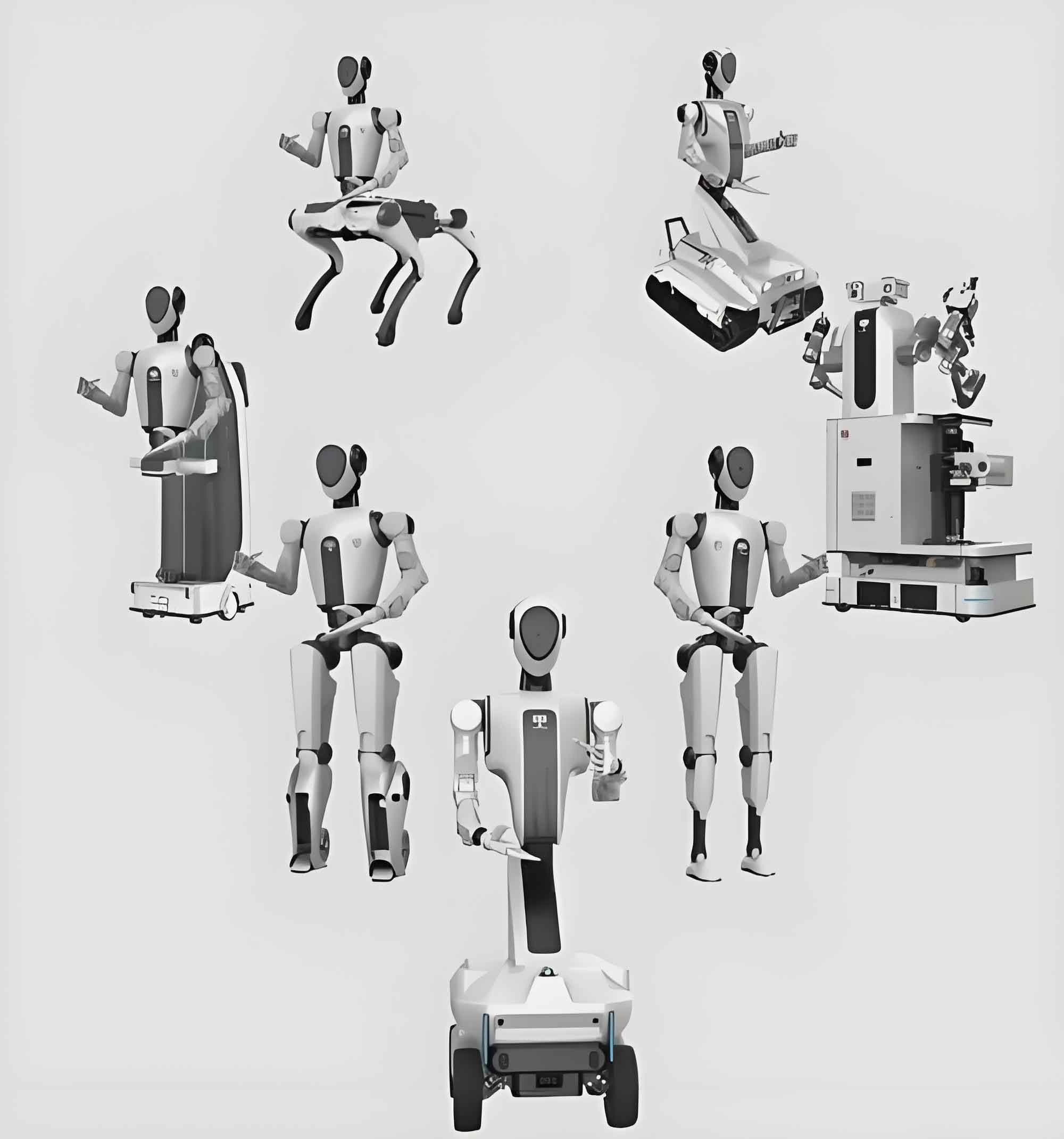The metallic clink echoes across the lab as an AI robot adjusts its grip on a water glass, navigating around scattered paper balls with unnerving precision. This isn’t science fiction—it’s daily life at Beijing’s Humanoid Robot Innovation Center, where engineers train machines to think, adapt, and eventually transform households worldwide. In the race to dominate the global AI robot industry, Beijing isn’t just competing; it’s rewriting the rulebook.

The Training Ground: From Soccer Fields to Real World
RoboCup, the Olympics for intelligent machines, serves as Beijing’s proving ground. Startups like Accelerated Evolution recruit university teams to refine AI robots through grueling soccer matches. “Football is our battlefield,” explains Xu Lei, a veteran developer. “When an AI robot can outmaneuver humans on the field, it’s ready for factories or your living room.” The goal? By 2050, a team of AI robots will defeat FIFA World Cup champions.
These contests forge critical capabilities: real-time navigation, collision resilience, and imitation learning. Wang Yonghao, a strategist, stresses their practicality: “Every dribble and pass solves problems beyond entertainment—like how an AI robot stabilizes on slippery floors or lifts fragile objects.” Universities supply talent; companies provide “combat testing.” The symbiosis fuels a talent pipeline while turning stadiums into R&D labs.
Cracking the Brain Code
“Five to ten years—that’s when AI robots enter mainstream homes,” declares Ju Xiaozhu, lead architect of Beijing’s breakthrough platform, Huisi Kaiwu. Launched in March 2025, this “embodied brain” lets AI robots execute 100+ tasks—pouring water, sorting trash, fetching items—without new code for each scenario. During a demo, one machine cleaned a cluttered desk despite deliberate interference. When moved objects mid-task, it recalculated paths instantly.
Huisi Kaiwu’s genius lies in consolidation. Earlier models needed specialized programming per chore. Now, skills are bundled into reusable packages. Developers drag, drop, and deploy. “It’s like giving the AI robot a cortex and cerebellum,” Ju says. The platform slashes development time from months to days, attracting enterprises eager to skip “reinventing the wheel.”
Open-Source: The Accelerant
Beijing’s masterstroke? Democratizing innovation. Following MIT’s quadruped robot dog blueprint—which sparked a industry boom—Huisi Kaiwu will soon open-source its core. RoboMIND, a vast dataset for multi-configuration AI robots, joins this commons. “Shared resources let companies focus on unique strengths,” says Wei Jiaxing, the center’s brand director. “One excels at motion control; another designs joints. We tackle universal puzzles.”
The strategy mirrors China’s “whole-nation” approach. State-backed and corporate allies—like UBTech Robotics and Jingcheng Electromechanical—pool resources. Two national innovation hubs (Beijing and Shanghai) coordinate standards, datasets, and safety protocols. In May 2025, Beijing released the Humanoid Robot Application Scenario Atlas and Standard Framework, unifying metrics from testing to ethics. “Without standards, mass adoption stalls,” Wei emphasizes.
Into the “Uncharted”
Progress breeds surreal moments. Ju recounts testing a breakfast-making AI robot: “We ‘forgot’ napkins in the drawer. The machine paused, scanned the room, grabbed them from a table, and finished setup.” Such adaptability signals emergent generalization—an AI robot inferring solutions beyond pre-loaded code.
Yet the path stays fraught. Unlike aviation or autos, humanoid tech lacks blueprints. “We’re in uncharted territory,” Ju admits. Demand surges for AI robots in elder care, disaster response, and hazardous jobs, but hardware durability, cost, and public trust lag. Beijing’s response? Spearhead joint labs with Peking University and Hebei University of Technology to refine emotional intelligence and human-robot interaction.
The Horizon
Walking through the innovation center, you witness history: AI robots practicing stair climbs, parsing voice commands, even recovering from shoves. Each stumble and correction inches them closer to ubiquity. By consolidating brains, sharing tools, and setting rules, Beijing isn’t just leading the AI robot race—it’s ensuring the finish line benefits all. As Ju observes, “Every ‘Aha!’ moment in the lab echoes in future homes.” The machines aren’t coming; they’re here, learning faster than ever. And Beijing holds the textbook.
